If your lawn is your pride and joy, you want it to look good all the time. If it has inconsistent patches of color, it can affect the way the entire yard looks.
Light-green patches of grass in lawn are caused by a deficiency of light, water, or nutrients. They can also be caused by weed growth, mold or fungal patches or cutting the lawn too short.
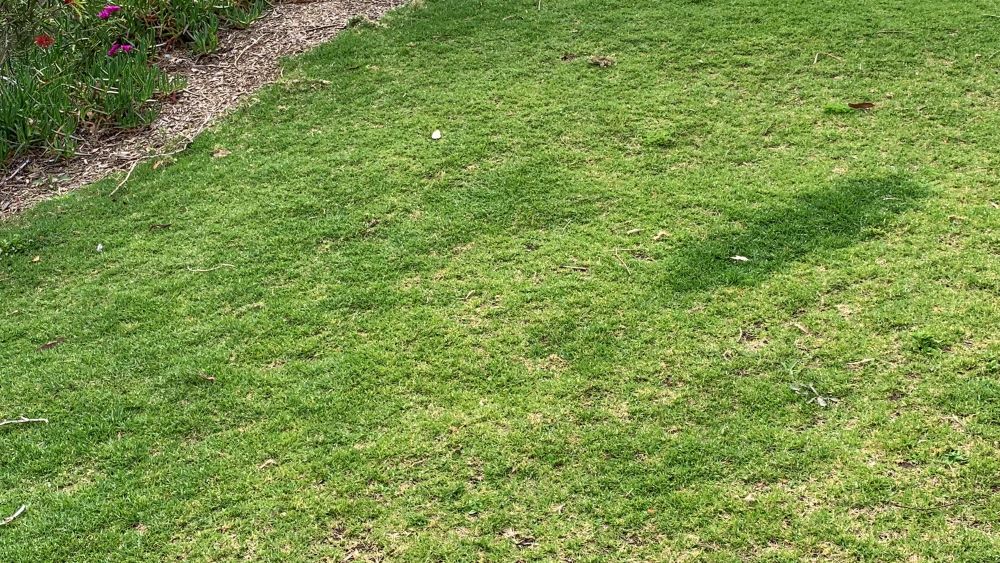
This article will explore the top 9 causes of light green lawn patches and
Top 9 Causes of Light-Green Patches
Having light-green patches of grass makes your lawn look uneven, and here are some of the main reasons why it looks this way:
1. Lack of Nitrogen
A lack of nitrogen can cause light green patches to appear in your lawn. Nitrogen is needed for the plants to develop chlorophyll, the green pigment that allows the leaves to photosynthesize. Without enough nitrogen the leaves can lighten and even turn yellow.
Nitrogen is one of the most important ingredients in your typical fertilizer, and slow-release nitrogen works best. You can also leave small amounts of grass clipping on your lawn in the spring to help retain the nitrogen.
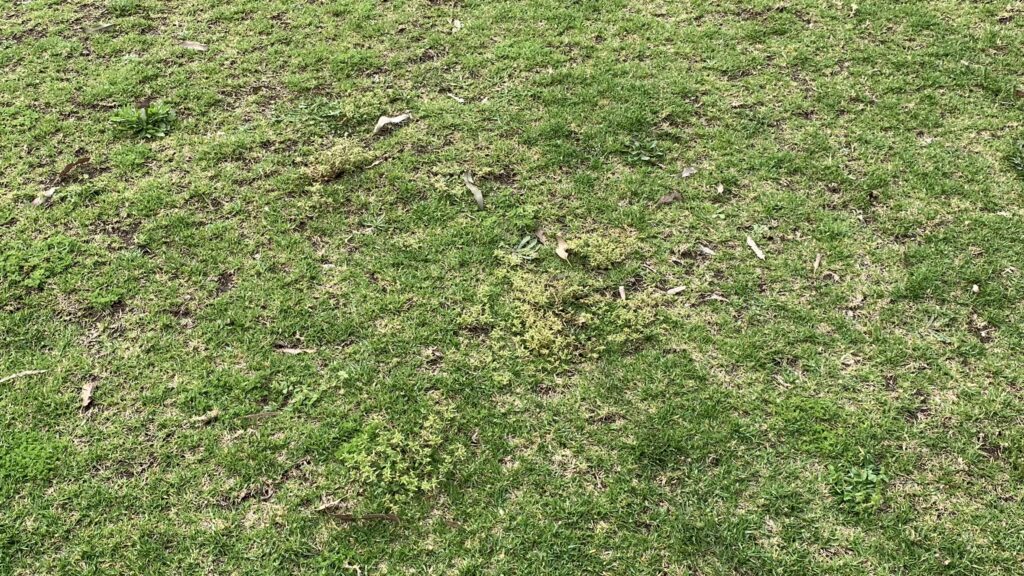
2. Mold or Fungus
Fungus, mold or mildew, and even parasites can attack your grass and can damage some of the blades so they become a lighter color. It can also be caused by bugs such as webworms and thrips.
Look closely for spores, cocoons, or even gray specks clinging to the grass, and once you identify the type of infestation it is, you can find the right fungicide or insecticide to get rid of it.
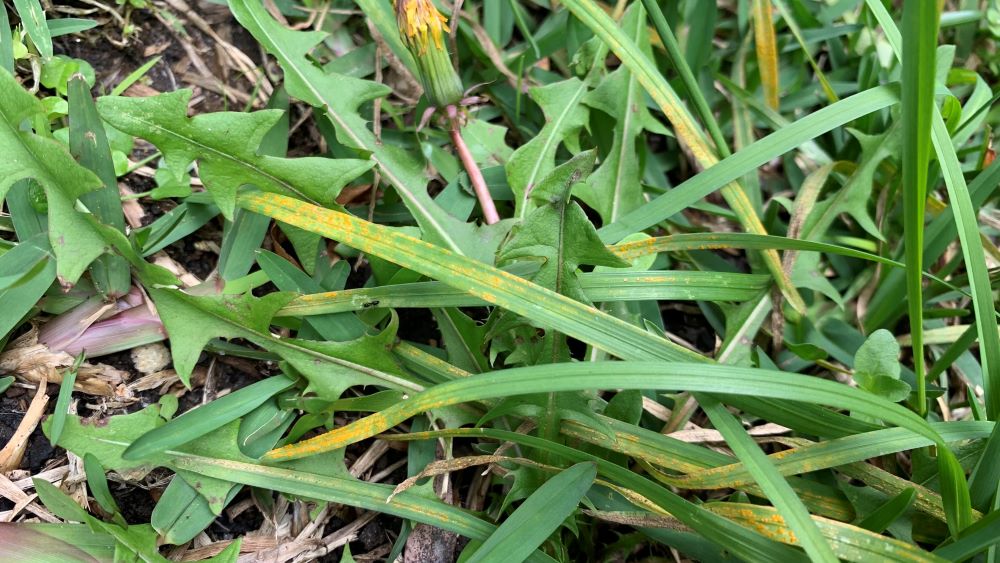
3. Not Enough Moisture
When grass doesn’t get enough moisture, it can turn brown, yellow, or green. If it’s particularly hot outside, deep-water your lawn one or two times per week until it starts to look better
Buy a moisture meter to test the grass, which is simple to use and very inexpensive. A moisture meter can give you the peace of mind you deserve when trying to keep your lawn wet enough.

4. Lack of Light
Before you buy your grass, you need to learn how much sun it will need to grow. Some yards cannot accommodate the amount of sun the grass needs to thrive, but you can try cutting off some lower branches on nearby trees so more sunlight can get to the grass blades.
5. You’ve Mowed Your Lawn Improperly
The way you cut your lawn matters. Grass does best when it’s two to three inches high and no higher.
Cutting your grass shorter than two inches can rob it of vital nutrients and cause light green patches to appear. To fix this problem, water it more and apply a light feeding of liquid fertilizer to help it repair.
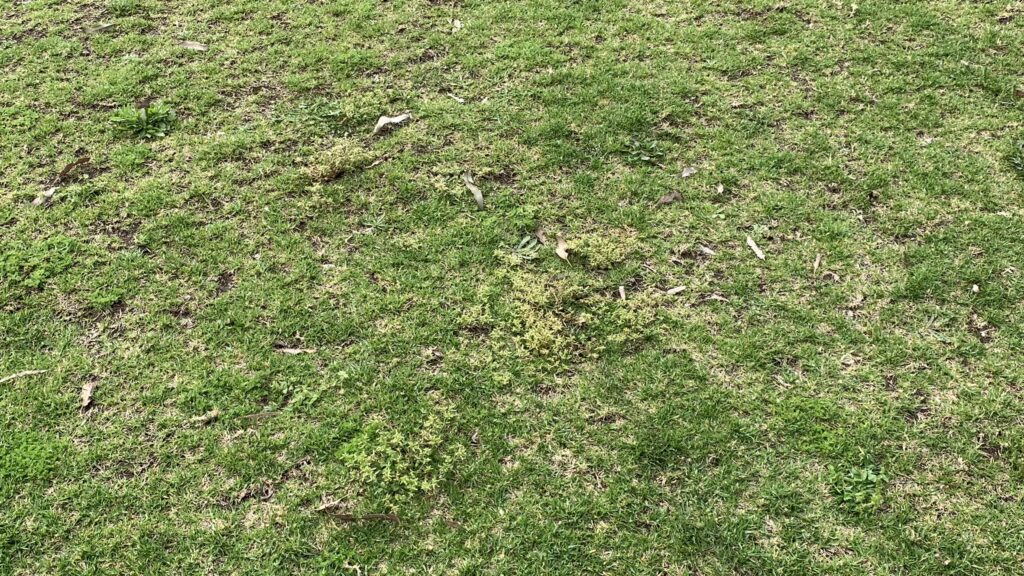
6. Your Grass Is Suffering With a Chemical Burn
There are numerous reasons your lawn might suffer with a chemical burn. Some of these include too much fertilizer or other lawn treatments, or applying these treatments incorrectly.
If this is the problem, try diluting the treatment you’re using and then watering the lawn evenly for 20-30 minutes. Until your grass gets to 3 inches in height, continue to do this and it will eventually recuperate.
7. You Have Mud or Standing Water on Your Lawn
Regardless of what type of grass you have, it can suffer from root rot or various molds and fungi if there is standing water on your lawn.
If you can’t get the water to dry up, try using an aerating roller, which encourages the water to drain better. If you have low-lying areas in your lawn, fill them in so that water and mud are unable to sit there and cause problems.
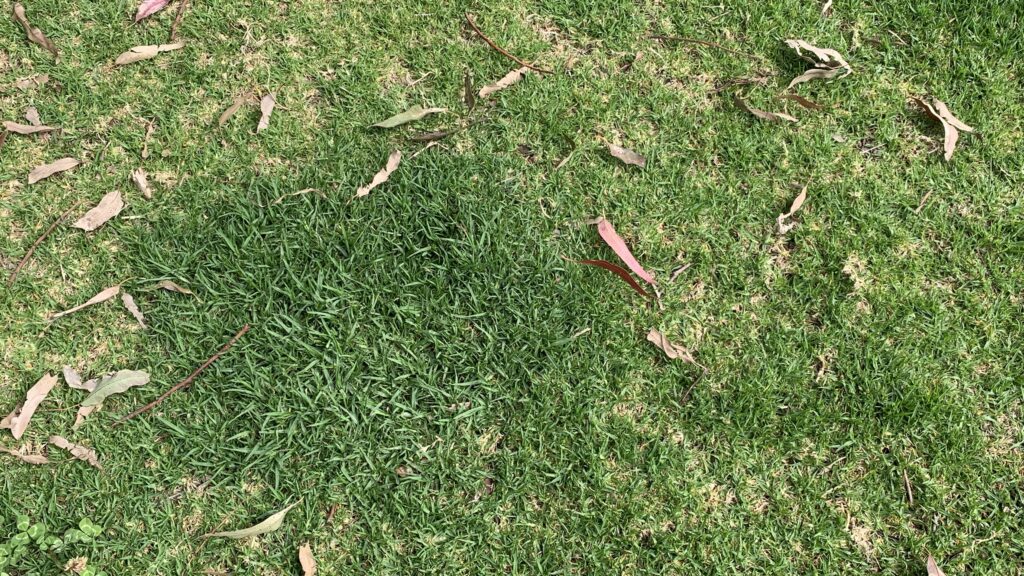
8. You Are Using Grass That Is Naturally a Lighter Color
You might have planted grass that is naturally a lighter color or an uneven color. Poa annua, or annual bluegrass, is one of these grasses.
If it bothers you, you can remove the patches of that type of grass and plant something else there. If this is the only type of grass you’ve planted, it might be something you’ll have to live with and accept.

9. Iron deficiency
Iron deficiency is another nutrient that can cause lawns to look light green in color. Testing your soil is essential to see if it is low in iron. The solution is to water on some liquid iron chelates or add a slow release fertilizer that contains iron.
Check out this video on why lawns become light green.
Three Solutions for Light-Green Grass Patches in Lawn
If you have light-green patches of grass in your lawn, here are some things you can do about it:
1. Apply a Nitrogen-Rich Fertilizer
You don’t want to over-fertilize your lawn, but if you add some fertilizer that is rich in nitrogen to your lawn, it could come back to life. After you apply the fertilizer, make sure you water the lawn well.
2. Water More Frequently
Since light-green patches are often caused by too little moisture, you might want to increase the amount of time you spend watering the lawn and water it more.
3. Check Your Soil
Healthy soil will grow healthy lawn which will be resistant to pest and fungal damage. Core and top dress your lawn in spring to add more organic matter to the soil.
This will encourage worm and healthy microbe growth and green up your lawn over summer. I like to top dress with specialized lawn mixes or you can use homemade compost.
4 Ways to Prevent Light-Green Patches in Lawn
Preventing light-green patches of grass from forming in your lawn is fairly simple, as long as you follow these tips:
- Water regularly, but never over-water
- Fertilize regularly with NPK fertilizer
- Mow the grass to two to three inches in height – no more, no less
- Aerate regularly to give the grass the air it needs and make the most of the nutrients
If you take good care of your lawn daily, the problem of having light-green patches of grass is much less common. If you use more than one type of grass in your lawn, there is always the possibility that you’ll have either light-green or even dark-green patches in your yard.
Conclusion
When you have light-green patches of grass in your lawn, it is usually the result of not enough light, water, or nutrients. It could also be some type of infection or disease. You might need to consult with the experts at a home-improvement center, but the solution is usually simple.
I am an accredited practicing dietitian, experienced gardener and a dedicated cook. I love writing and sharing my experience so you can learn from my successes and mistakes.
